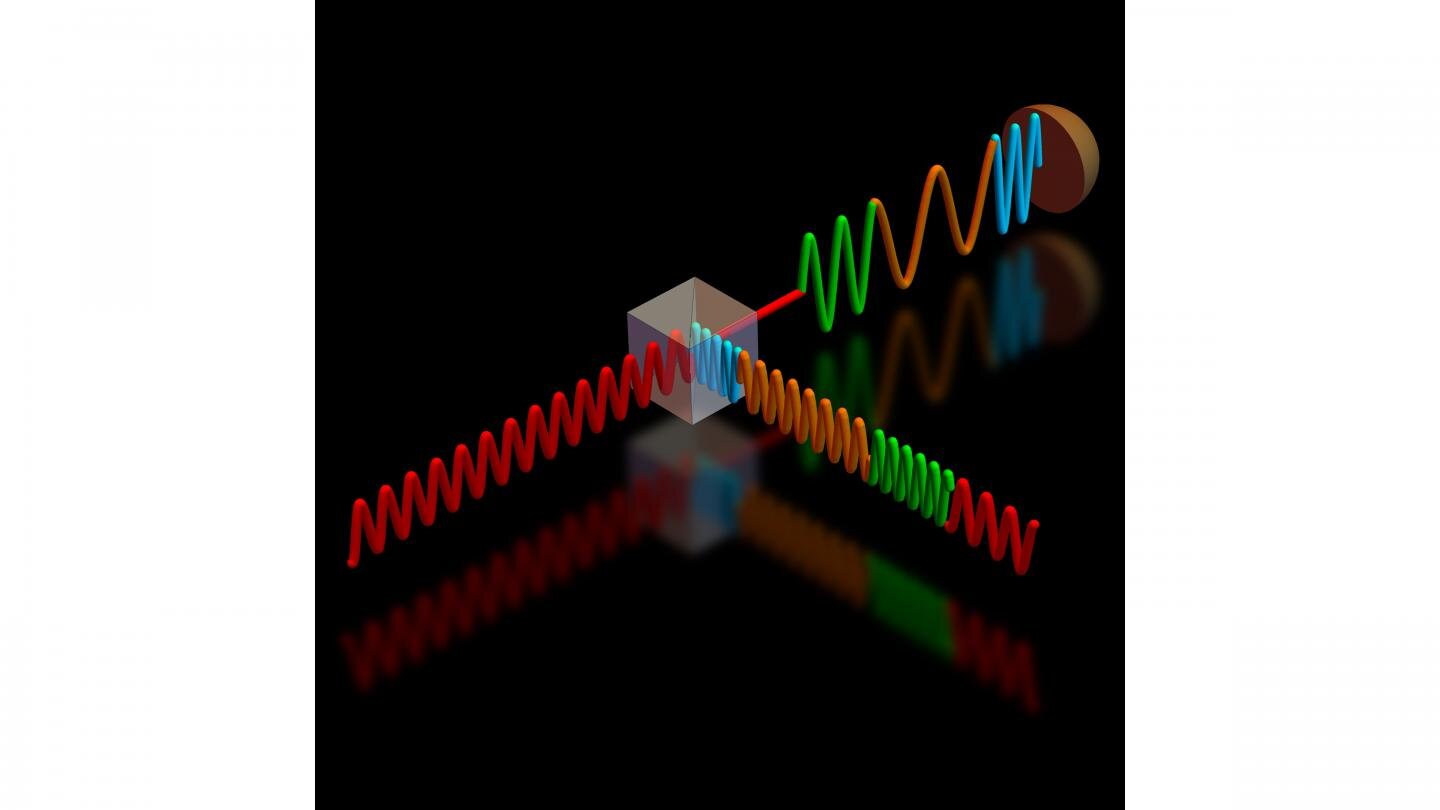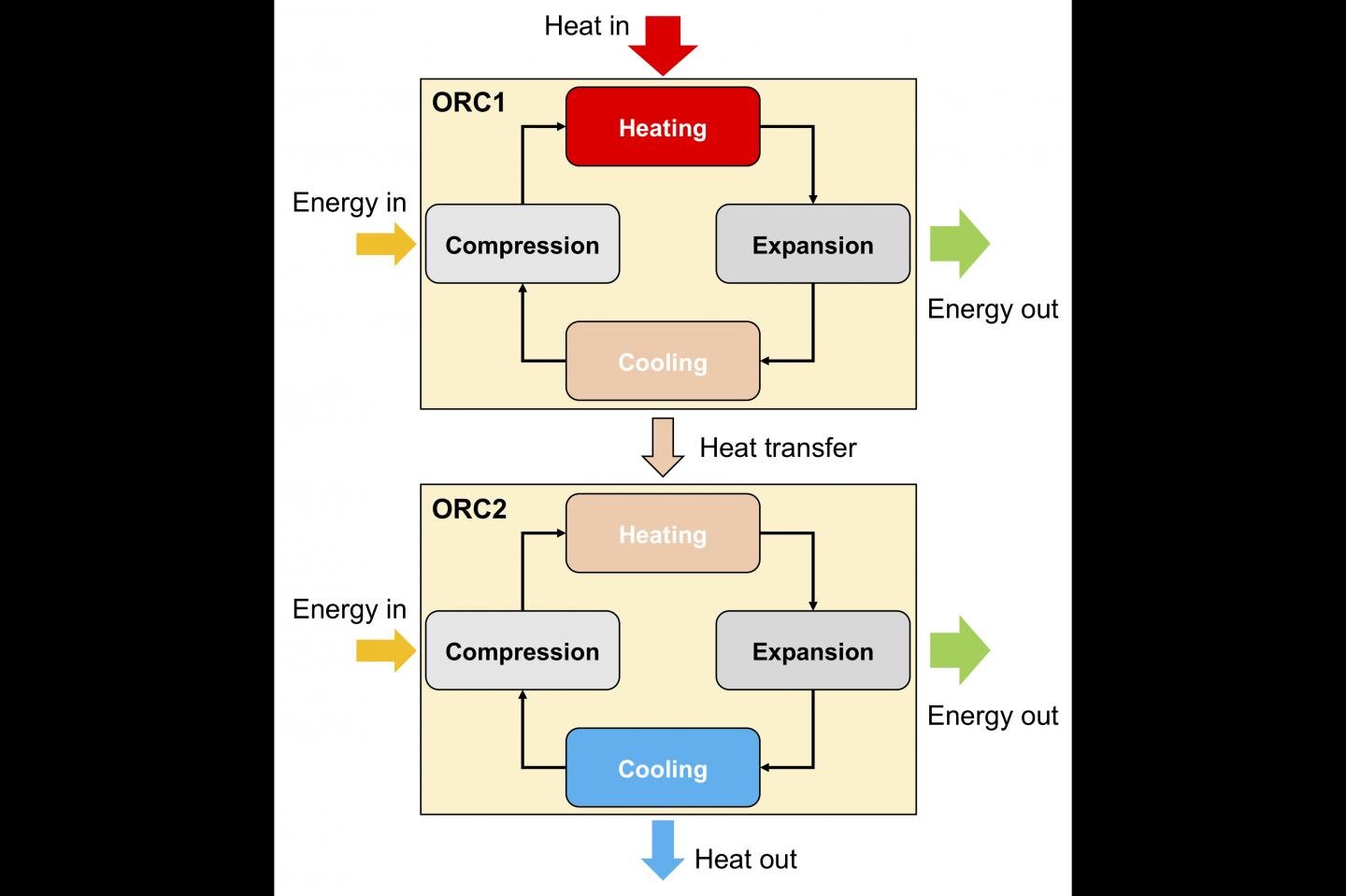#Boosting fiber optics communications with advanced quantum-enhanced receiver

“#Boosting fiber optics communications with advanced quantum-enhanced receiver”

Fiber optic technology is the holy grail of high-speed, long-distance telecommunications. Still, with the continuing exponential growth of internet traffic, researchers are warning of a capacity crunch.
In AVS Quantum Science, researchers from the National Institute of Standards and Technology and the University of Maryland show how quantum-enhanced receivers could play a critical role in addressing this challenge.
The scientists developed a method to enhance receivers based on quantum physics properties to dramatically increase network performance while significantly reducing the error bit rate (EBR) and energy consumption.
Fiber optic technology relies on receivers to detect optical signals and convert them into electrical signals. The conventional detection process, largely as a result of random light fluctuations, produces ‘shot noise,’ which decreases detection ability and increases EBR.
To accommodate this problem, signals must continually be amplified as pulsating light becomes weaker along the optic cable, but there is a limit to maintaining adequate amplification when signals become barely perceptible.
Quantum-enhanced receivers that process up to two bits of classical information and can overcome the shot noise have been demonstrated to improve detection accuracy in laboratory environments. In these and other quantum receivers, a separate reference beam with a single-photon detection feedback is used so the reference pulse eventually cancels out the input signal to eliminate the shot noise.
The researchers’ enhanced receiver, however, can decode as many as four bits per pulse, because it does a better job in distinguishing among different input states.
To accomplish more efficient detection, they developed a modulation method and implemented a feedback algorithm that takes advantage of the exact times of single photon detection. Still, no single measurement is perfect, but the new holistically designed communication system yields increasingly more accurate results on average.
“We studied the theory of communications and the experimental techniques of quantum receivers to come up with a practical telecommunication protocol that takes maximal advantage of the quantum measurement,” author Sergey Polyakov said. “With our protocol, because we want the input signal to contain as few photons as possible, we maximize the chance that the reference pulse updates to the right state after the very first photon detection, so at the end of the measurement, the EBR is minimized.”
New system detects faint communications signals using the principles of quantum physics
I. A. Burenkov et al, Practical quantum-enhanced receivers for classical communication, AVS Quantum Science (2021). DOI: 10.1116/5.0036959
Citation:
Boosting fiber optics communications with advanced quantum-enhanced receiver (2021, April 20)
retrieved 20 April 2021
from https://phys.org/news/2021-04-boosting-fiber-optics-advanced-quantum-enhanced.html
This document is subject to copyright. Apart from any fair dealing for the purpose of private study or research, no
part may be reproduced without the written permission. The content is provided for information purposes only.
If you liked the article, do not forget to share it with your friends. Follow us on Google News too, click on the star and choose us from your favorites.
For forums sites go to Forum.BuradaBiliyorum.Com
If you want to read more Like this articles, you can visit our Science category.




